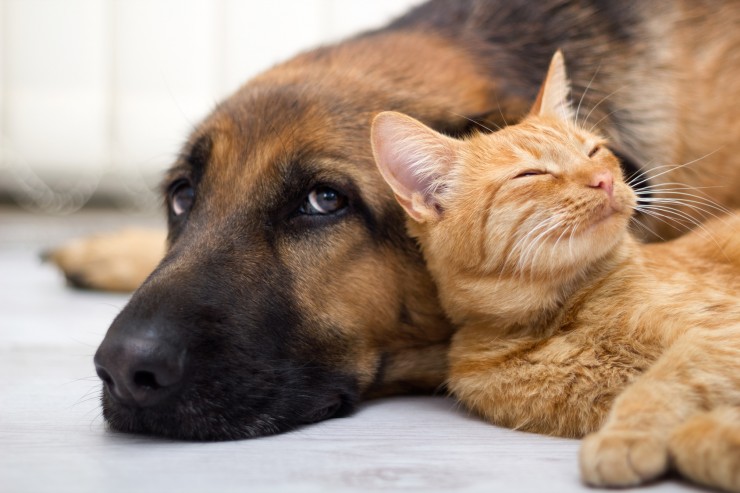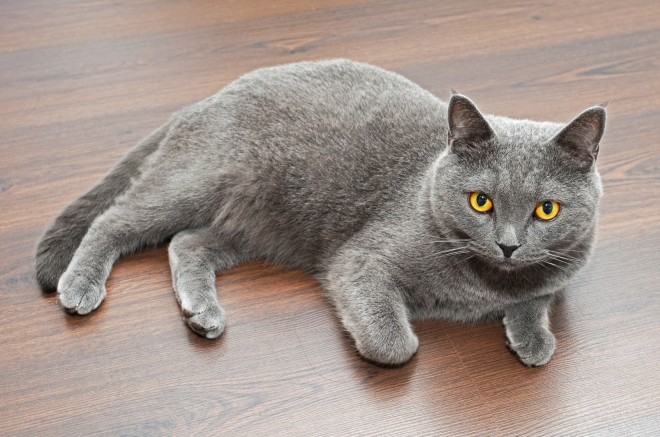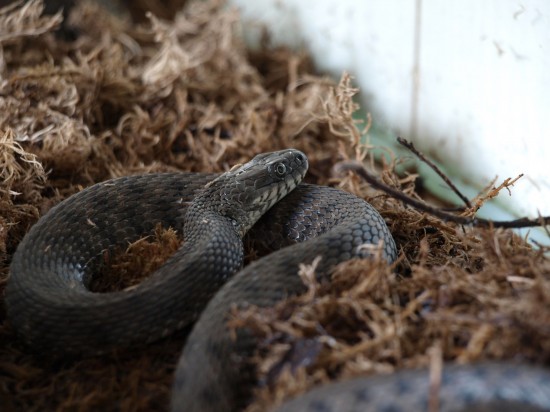

If you own an anxious cat or a highly-strung dog, the chances are that somebody has probably already suggested to you that you use a plug-in pheromone diffuser to help to chill your pet out, and help them to feel more at ease.
While the idea of an unscented diffuser that allegedly generates a zen-like feeling of wellbeing in your pet is often viewed with some suspicion by pet owners, the science behind pheromone diffusers is sound, and many cat and dog owners have commented on a marked improvement in their pets’ stress levels as a result of using a diffuser.
In this article, we will look at plug-in pheromone diffusers for cats and dogs in more detail, and present an informed assessment of their effectiveness. Read on to learn more!
Pheromones are chemical compounds that are naturally excreted by various species of animals, which trigger a social response from other animals of the same type. Pheromones are naturally occurring, and are invisible and odourless, and can generate a range of different responses in the animal that is receiving them.
Some of the core types of pheromones naturally secreted by cats and dogs include sex pheromones, alarm pheromones to indicate danger, food trail pheromones, and calming pheromones, such as those generated by a queen or dam for her litter.
While animal pheromones are naturally occurring, their chemical structures are well understood by the scientific community, which has led to the ability to synthetically produce synthesised artificial pheromone compounds to mimic the action of naturally occurring pheromones.
The two core names in plug-in diffuser pheromones for dogs and cats are Adaptil (formerly known as DAP, or Dog Appeasing Pheromone) and Feliway (or Felifriend, a spray-bottle alternative) for cats. Both of these are produced by CEVA Animal Health, and as well as diffusers, sprays are also available, and for dogs, a pheromone-releasing collar too.
Plug-in diffusers work in the same way as electronic air freshener diffusers, creating a low-level heat underneath the pheromone liquid which provides a prolonged release of the synthetic pheromones within them to produce a calming effect upon your pet.
Pheromones are picked up by special receptors on the face of your dog or cat, which are located between the mouth and nose. This special area of the face allows your pet to recognise the calming, positive pheromones generated by the diffuser, and bring about a calming effect and general sense of wellbeing.
Feliway for cats was first developed to reduce stress-related territorial behaviour problems, such as aggression and scent marking within the home. However, since the product’s inception in 2001, the product is now recognised as having other applications as well, such as lowering stress levels, and helping to ease the introduction of a new cat into the home.
Feliway works by imitating the cat’s naturally occurring F3 pheromones, which cats use to mark their territory and provide a sense of peace and home in their surroundings. Having this pheromone “fed back,” as it were, from a diffuser, helps reassure the cat and feel at home and safe.
Adaptil for dogs is designed to help dogs to cope with separation anxiety and phobias, such as a fear of thunder or fireworks. The DAP pheromone is designed to mimic the naturally produced pheromones that nursing dams use to comfort their litter and make them feel safe and secure.
As well as personal accounts from cat and dog owners on the improvement in their pet’s demeanour and the resolution of behavioural issues as the result of pheromone use, expert studies also indicate that under certain circumstances, pheromone diffusers really do help to calm stressed pets.
A peer-reviewed report published in the Journal of Veterinarian Medical Science states that during clinical trials of Feliway, urine marking was totally eradicated in 37% of the study’s cats, and greatly reduced in a further 40%. However, the behaviour of the remaining 23% of cats remained unchanged.
Studies on the use of Adaptil have been less conclusive, but this can be at least partially attributed to the difficulty of objectively monitoring things like stress responses and out of character behaviour in dogs.
If your cat or dog seems unsettled, stressed or is otherwise exhibiting behavioural problems, pheromone diffusers are definitely worth trying. Particularly highly strung breeds of cats and dogs, such as the Bengal and the Border collie respectively are the most likely to benefit from the use of pheromone diffusers such as Feliway or Adaptil.
It is important to note that Adaptil for dogs is not designed to help to tackle aggression, and should not be used for such.
It can take between two weeks and a month to see an improvement in your pet’s stress levels, and it is also worth noting that some cats and dogs don’t seem to respond to the diffusers at all, and it is possible that your own pet will be among their number.
Neither Adaptil nor Feliway should be used alone in place of behavioural or training in the management of stress and behavioural phobias, but when used in conjunction with additional approaches to the problem at hand, will often prove much more effective than behaviour modification methods alone.
 The Difference Between A British And American Shorthair Cat
The Difference Between A British And American Shorthair Cat
 Learning More About The Siberian Husky Personality
Learning More About The Siberian Husky Personality
 Ten Important Things That All Primary School Aged Children Should Know About Cats
Ten Important Things That All Primary School Aged Children Should Know About Cats
 Dealing With A Roaming Dog
Dealing With A Roaming Dog
 Signs That Your Dog Needs To Be Seen At an Animal Hospital
Signs That Your Dog Needs To Be Seen At an Animal Hospital
 Healthy Dog Food Choices
Healthy Dog Food Choices
 Do Fleas Have A Natural Predator?
Yes, fleas have a natural predator, in fact they have a
Do Fleas Have A Natural Predator?
Yes, fleas have a natural predator, in fact they have a
 Health Issues More Commonly Seen In The Bouvier Des Flandres
Health Issues Mor
Health Issues More Commonly Seen In The Bouvier Des Flandres
Health Issues Mor
 Why Walking And Exercising Your Dog Enough Is So Important
Why Walking And E
Why Walking And Exercising Your Dog Enough Is So Important
Why Walking And E
 Cleaning Your Pet Snake’s Enclosure
Cleaning Your Pet
Cleaning Your Pet Snake’s Enclosure
Cleaning Your Pet
 How Can You Tell If Your Dog Respects You?
How Can You Tell
How Can You Tell If Your Dog Respects You?
How Can You Tell
Copyright © 2005-2016 Pet Information All Rights Reserved
Contact us: www162date@outlook.com